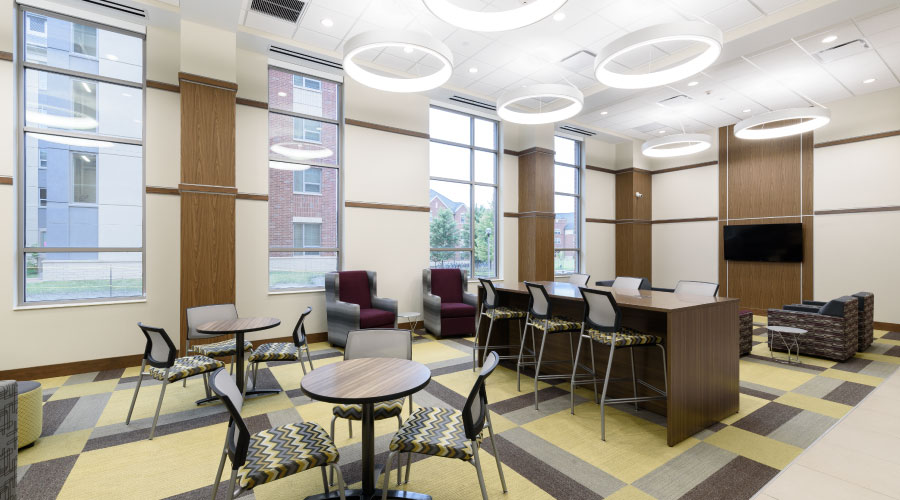Wireless Lighting Controls Save Energy, Improve the Bottom Line
The EnOcean wireless standard has led to more pervasive wireless technology applications for building automation, including managing energy control for lighting systems. This development came to light at Lightfair 2009, where 13 of 16 lighting solutions presented used EnOcean technology.
In the United States, buildings account for 38 percent of the country’s carbon-dioxide emissions, and lighting accounts for 40 percent of the energy used by buildings. Due to old age, most buildings have no form of automated lighting control. So such buildings represent an important place to start improving energy management.
Capstone Property Management seized on this opportunity by installing an occupancy-based lighting system. The company manages 4.5 million square feet of office space. With mounting concerns regarding energy management and conservation, the firm automated the lighting control in conference rooms based on a room’s occupancy status.
The DOE has identified occupancy sensors as the primary means for conserving energy. The manufacturer chosen by Capstone answered the government’s call for smart electronics and added a twist: wireless and battery-free occupancy sensors.
In this installation, seldom-used conference rooms proved to be ideal places to start conserving. Paybacks were immediate, and the installation was non-invasive. Because the controls do not require wiring or batteries, installers were able to complete this installation in just three steps.
• Replace existing light switches with line-powered receiver light switches. The wiring is the same as a standard switch.
• Program the light switch’s receiver to respond to occupancy-sensor and self-powered light switches. The devices are factory set to manual-on, auto-off, so no extra set-up was necessary. But it supports an auto-on, auto-off mode.
• Mount sensors and light switch anywhere. Since the controls are self-powered and wireless, installers could mount them according to building owner preferences.
One challenge this installation posed was the conference rooms had no windows and, as a result, did not receive outside light. A small solar cell powers the occupancy sensor, so the lack of sunlight meant the installation relied on man-made light sources.
But since the network operates in manual-on, auto-off mode, this situation was not a problem. Each time an occupant turns on the lights manually, the action creates ample power for the sensor. •
Bob Eckery is communications manager with EnOcean Inc.
Spotlight: The EnOcean Alliance One-hundred automation manufacturers formed the EnOcean Alliance to promote sustainable buildings via battery-free and wireless controls. The alliance is committed to interoperability through a wireless standard. Collectively, members have manufactured more than 300 building automation products that are available today — more than any other wireless standard. Interoperability is an important key to the alliance’s success: • Between products. All EnOcean-based sensors and switches are interoperable, regardless of the manufacturer. For example, an occupancy sensor manufactured by one vendor can communicate to a controller manufactured by another vendor. • Between applications. EnOcean-based solutions support multiple applications. For example, one wireless light switch can communicate with lighting systems, as well as with HVAC systems. • As gateways. These include LonMark, BACnet, DMX, 802.11, TCP/IP Ethernet, KNX, RS-232/485 Serial. Facilities often rely heavily on wires, but many conditions warrant wireless and battery-free installations. Because EnOcean-based controls are wireless, retrofitting is fast and cost-effective and requires minimal invasion. Because they are self-powered, they do not require maintenance or recycling of hazardous substances. For more information, visit www.enocean-alliance.org |
Related Topics:













